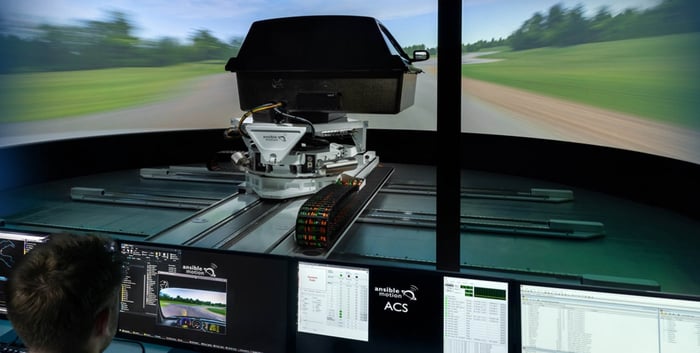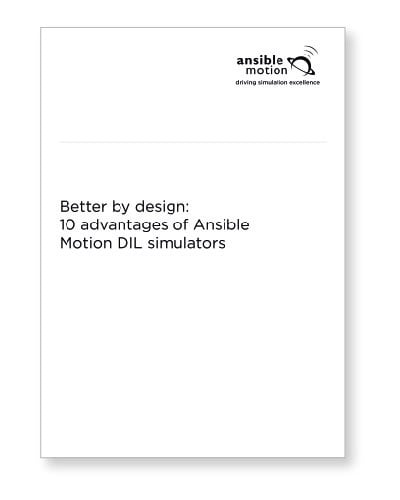 Virtual testing enables cost-effective validation of design concepts, efficient exploration of numerous scenarios, and a faster time to market – but how do you make a business case for such an investment? Ansible Motion explains how investment in virtual testing solution provides a significant competitive advantage, while ensuring a strong financial return on investment.
Virtual testing enables cost-effective validation of design concepts, efficient exploration of numerous scenarios, and a faster time to market – but how do you make a business case for such an investment? Ansible Motion explains how investment in virtual testing solution provides a significant competitive advantage, while ensuring a strong financial return on investment.
Simulation lies at the heart of modern engineering. You could even argue that it defines the profession. Anyone with a pile of wood and some nails can attempt to build a bridge, for example, but it takes an understanding of forces and material properties to calculate whether it will actually stand up.
Cars have long been one of the most complicated systems that we personally encounter in our day-to-day lives, but recent years have taken this to an entirely new level. Automated and driver-assistive functions, real-driving emissions (RDE) compliance and the emergence of alternative powertrains are just a few of the features that have led to the current situation, wherein mundane passenger cars are now underpinned by more lines of software coding than a jet fighter.
Simulation vastly reduces the risk of trying out new ideas, which may be deemed too costly or too time consuming to evaluate with physical testing. And, crucially, it provides complete control and repeatability over testing in an inherently safe space.

Virtual testing eliminates these unwanted variables since it’s impervious to unexpected changes real-world test conditions. Offline simulation, however, is missing one key component. The ultimate test for any vehicle designed for people – even one that’s driven autonomously – is whether or not it’s acceptable to its human occupants.
The value of putting a human being in the loop is obvious for subjective testing. But nowadays, even a vehicle’s objective performance can be heavily influenced by human behaviours. Driver-in-the-Loop (DIL) simulation is the only mechanism that allows you to combine the total repeatability of a simulation environment with the complex and sometimes unpredictable nature of real human beings.
Recouping ROI
Virtual testing with DIL simulation has its benefits right throughout the development process, but it’s particularly useful in the early phases, where test mules for real-world evaluation are likely to be scarce, and even when they are available, they tend to be a very crude approximation to the intended product. Such prototype mules can take as much as six months and half a million pounds each to produce. A vehicle manufacturer might build 10 just for the initial development. On the other hand, computer models that capture fundamental vehicle physics might only take a few weeks to put together at minimal cost, and can then evolve continuously throughout the programme as various parameters are updated.
The same holds true for Tier-1 suppliers to automotive OEMs. Well-known tyre manufacturer, Continental, recently revealed how it is using their Ansible Motion Delta S3 simulator to save time and resources – predicting reductions of thousands of physical tyres compared to traditional developments, as well as significant reductions in the consumption of other resources. Bernd Korte, head of OE passenger tyre development at Continental, describes it this way:
Virtual development methods enable us to offer solutions even more efficiently and more precisely tailored to the needs and requirements of our customers. Virtual test kilometres also play a major part in conserving valuable resources. With our new driving simulator, we can shorten development times and optimise the use of resources in production and logistics.
As such, it’s feasible that DIL simulators can effectively pay for themselves in terms of reduced prototyping costs and reduced test resource consumption over the course of even a single development project - much faster than was ever expected. More to the point: in a rapidly-evolving, highly-technical world, anything like a DIL simulator – something that enables real people to evaluate new concepts earlier and more effectively – may be . . . well . . . priceless.
Read the full article online in the March 2024 issue of Design Products & Applications.



